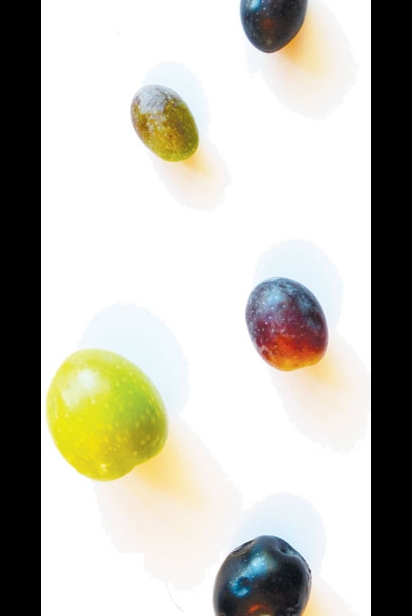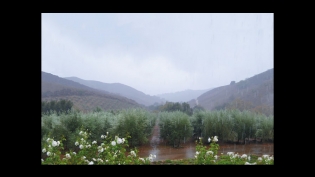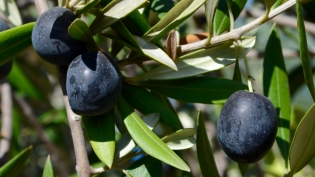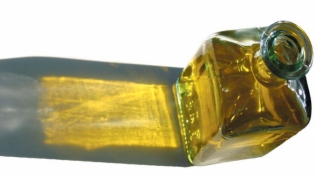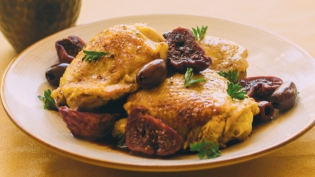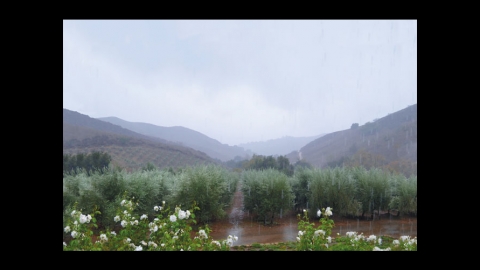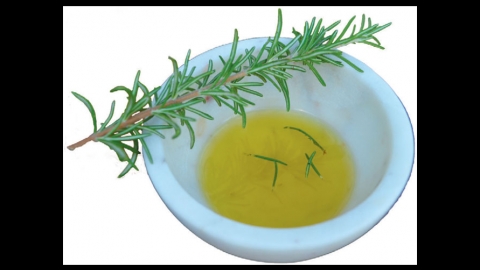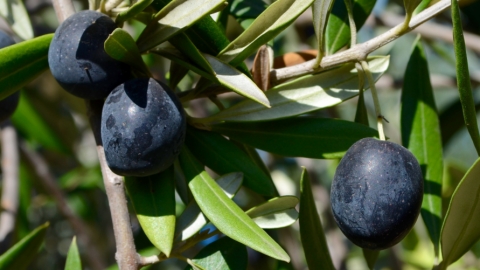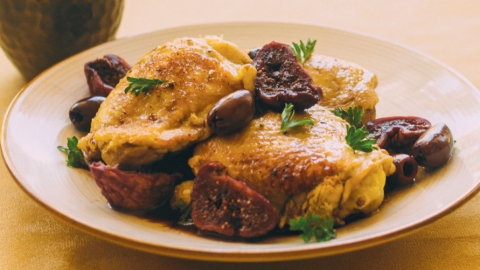Why Virgins aren't Pure, and Other Olive Oil Confusion
For such a revered food, olive oil is often clouded in controversy and, well, scandal. Journalist Tom Mueller’s 2012 book Extra Virginity: The Sublime and Scandalous World of Olive Oil exposed many Americans to the shadowy side of the olive oil trade; legislation, the Internet and other media keep the conversation alive.
Why the continued accusations of funny business? Olive oil is a high-value product and has been so for thousands of years, possibly making olive oil fraud the world’s second oldest profession.
In the modern marketplace, this swindling takes two forms: economically motivated adulteration—usually with refined olive oil but also with seed oils—and the mislabeling of lower-quality products as a higher grade.
This has an immediate effect on consumers, of course: They’re not getting the product they believe they are. But it also has a devastating effect on the industry: It sullies the category and distorts prices, damaging the market for authentic extra-virgin olive oil.
The milling process (see story here) yields a category of natural olive oil designated as “virgin.” This is virgin olive oil the way virgin wool is virgin: straight from the olive—or the sheep—and not reprocessed.
The next part is where the confusion sets in.
Within “virgin” olive oils, there are three grades. The highest is Extra-Virgin grade. This has no defects of flavor and meets certain chemical criteria. The next is Virgin, though it can be subdivided. Virgin grade has slight defects of flavor and meets lower chemical criteria.
Lampante or Crude is the lowest grade, the result of using rotten olives, dirty equipment or the like and is not considered fit for human consumption without refining because of its strong defects of flavor and aroma.
This lowest grade of virgin oil goes to a refinery where chemicals and high heat strip it of odor, flavor, color and most of the so-called “minor” components such as polyphenols. The resulting oil retains its basic fat structure, mostly mono-unsaturated, but lacks the flavor and health properties of the natural product.
It’s blended with a small amount of virgin olive oil (less than 10%) and sold as Pure Olive Oil or simply Olive Oil. With even less virgin olive oil in it, it earns the name Extra Light (in flavor).
Consumer confusion about olive oil grades can be laid at the feet of this tangled web of names. Since when is a highly refined industrial product “Pure?” Purified, perhaps, but not what most people would call pure. But old habits, and cash cows, die hard.
The new Olive Oil Commission of California, formed by the industry to create and enforce standards for California olive oil production and to perform olive research, includes strict limits on label terminology in its standards. Terms like “Pure” and “Extra Light” are forbidden, and the words “Refined-Olive Oil Blend composed of refined-olive oil and virgin (or extra-virgin) olive oils” must appear on the front label.
The California standards apply only to California-produced olive oils from companies that make more than 5,000 gallons per year, so there is currently no impact from this new provision in the marketplace. But one can hope that as American consumers become aware of the deliberately murky language being used on olive oil labels, calls for truth in labeling will come from the grass roots.
A consumer seeking the healthiest alternative for their family should not need to hunt through the back-label weeds to discover that the product is not the one with desirable health and flavor benefits.



